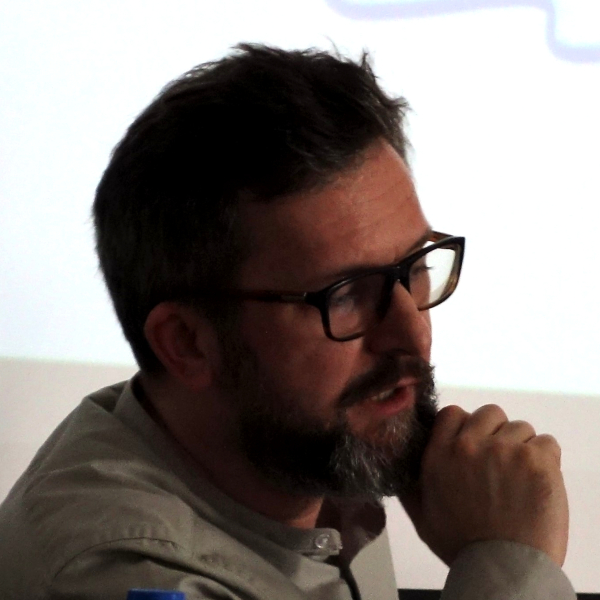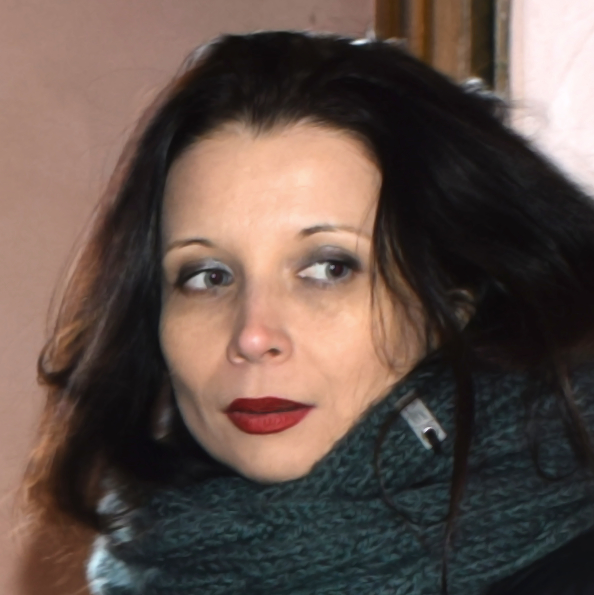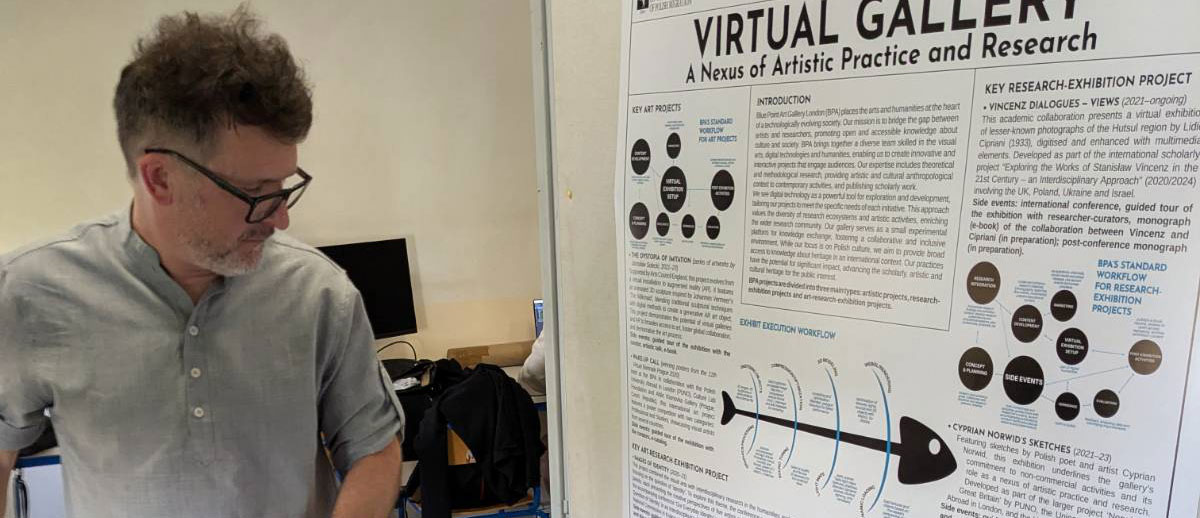I just wanted to share a quick thought with you all after the DARIAH Annual Event.
-
 Jaroslaw Solecki
Jaroslaw Solecki  Justyna Gorzkowicz
Justyna Gorzkowicz - 21 Jun, 2024

Just one day after DARIAH! It was such a delight! We learned so much! We were blown away by the amazing, cutting-edge projects we saw! The poster session was full of amazing projects (many of them from Poland)!
I have to say, though, that I’m left with a bit of an unsatisfied feeling. I would have loved to see more talk about art. It was so lovely to see our presentation being the only one that spoke about trying to make artistic research accessible. I feel like there was a bit of a missed opportunity in the arts and humanities, as there wasn’t much focus on the arts. This suggests that there’s no interest in using the arts as a research method, which is a shame. So, the big question is: how do we bring the arts into the digital humanities?
So there’s a huge, uncharted territory here, and we’re venturing into it again without much support. It’s a bit of a catch-22. We can’t really compete with universities, and the projects I’ve seen aren’t really appealing to artists. I think the key issue here is how we can bring art projects into the digital humanities. What solutions could we come up with that would be attractive to artists, so that they would want to take this step themselves?
I think our ‘IDENTITY’ project was probably the closest to that, but we would have to introduce the gallery, for example, into the DARIAH infrastructure as a tool for discourse between humanists, social scientists and artists from universities and art academies. I really believe this is a great idea, but I’m not sure if it’s totally feasible. What do you think?
(I am going to be speaking at the PUNO Conference in June. I will be discussing how we can use augmented reality in heritage projects, based on our Bednarczyk's Project.)
